Crew 297 EVA 7 Report 19-4-2024
EVA # 7
Author: Sarah Lamm
Purpose of EVA: Team B for the NPS Project will travel to 300 m northwest of Cowboy Corner (based on the NPS location that Team A had chosen), and search a 250 m radius for the NPS. Once found, we will continued to explore the region for geological exploration.
Start Time: 1:00 PM
End Time: 2:28 PM
Narrative: Crew arrived at the destination about 30 minutes after leaving the Hab. Starting from the north we started looking for the NPS device. After about 20 minutes we located it in a gorge. From there we traveled south stopping to look at dark rock formations. At this point, it was discovered that Suit #11’s batteries were quickly losing charge, and the fan was not blowing as much air. We aborted the remainder of the EVA and headed for the Hab.
Destination: 300 meters NW of Cowboy Corner
Coordinates: 12S 518534 4253152
Participants: Pawel Sawicki (Commander), Dave Laude (Journalist), Sarah Lamm (Geologist)
Road(s) and routes per MDRS Map: Cow Dung Road
Mode of travel: Spirit, Opportunity, and Walking




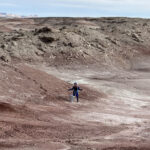

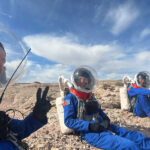

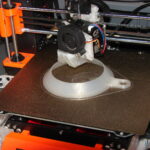
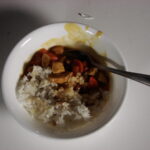

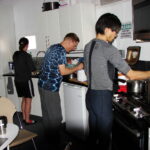

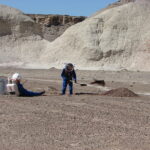
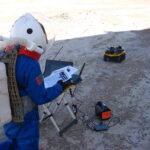
You must be logged in to post a comment.